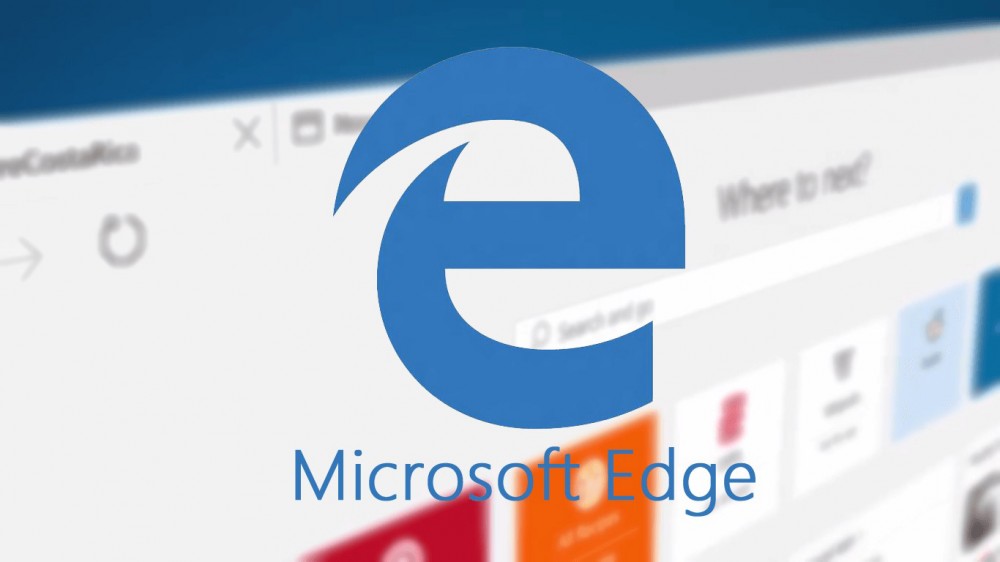From Dave McClure’s Blog, “The Bleeding Edge”
When Microsoft releases Windows 10 later this year – rumored to be toward the end of July – one familiar application will be missing from the desktop. After two decades as the flagship browser for the Windows operating system, Internet Explorer is going away.
That’s not exactly bad news. Introduced as part of the Windows 95 plus pack in 1995 Internet Explorer quickly grew to capture 95% of the browser market by 2003. But a disaster with Internet Explorer version 6 left the application reeling – something Microsoft was never able to recover from, despite enhancements up through the current version 11. For most observers, the end of Internet Explorer will be no great loss.
In its determination to capture the browser market in the face of competition from Netscape, Chrome, Firefox, and a legion of lesser products, Microsoft made some poor decisions. Internet Explorer was bloated, slow, and had some incompatibilities with universally accepted web standards. It used non-standard, proprietary extensions, which forced web designers to develop versions for Internet Explorer and for everyone else, something the designers were loath to do. The worst of its problems, however, were its poor or incomplete implementations for security and privacy, which forced the company to release a continuous stream of fixes and patches.
With the release of the latest build of Windows 10, a slew of consumer – oriented features were highlighted. These include the Windows HollowLens, a holographic system built into the operating system, with an associated applications called HollowStudio that enables consumers to create their own holograms; and a new Microsoft Surface Hub, an 84-inch 4K display with built-in sensors, cameras, speakers, microphones, NFC and Wi-Fi. It also natively runs Skype for business. Also making it debut will be an enhanced version of Microsoft’s personal assistant application, Cortana, which recognizes seven languages and several dialects. It is also optimized to run on the PC desktop.
Retrenching a bit from the disaster of Windows 8, the start menu will reappear; the charms bar will disappear into a new Action Center; the control panel and settings menu will merge; and the system will support virtual desktops.
But what of Internet Explorer? It will be replaced by a new, more streamlined browser developed under the codename Project Spartan. Last week, that name was replaced with a new product brand, Microsoft Edge. Edge will feature Cortana integration; a real-time annotation feature; a reading list; and a reading mode that displays content in a consistent format and syncs across devices. Some limited versions of the older Internet Explorer will continue on for a while for the sake of enterprise compatibility, but the product itself will be absent from most other Windows 10 implementations.
Microsoft has continued its commitment to woo back the Windows user base by offering a free upgrade to Windows 10 for any users of Windows 7 or Windows 8 versions for the first year after the new operating system’s release. The company also says it has no plans to retire Windows 10, but will continue support for the lifetime of the device on which it is used.
-30-
Thanks for reading CPA Practice Advisor!
Subscribe Already registered? Log In
Need more information? Read the FAQs
Tags: Technology





